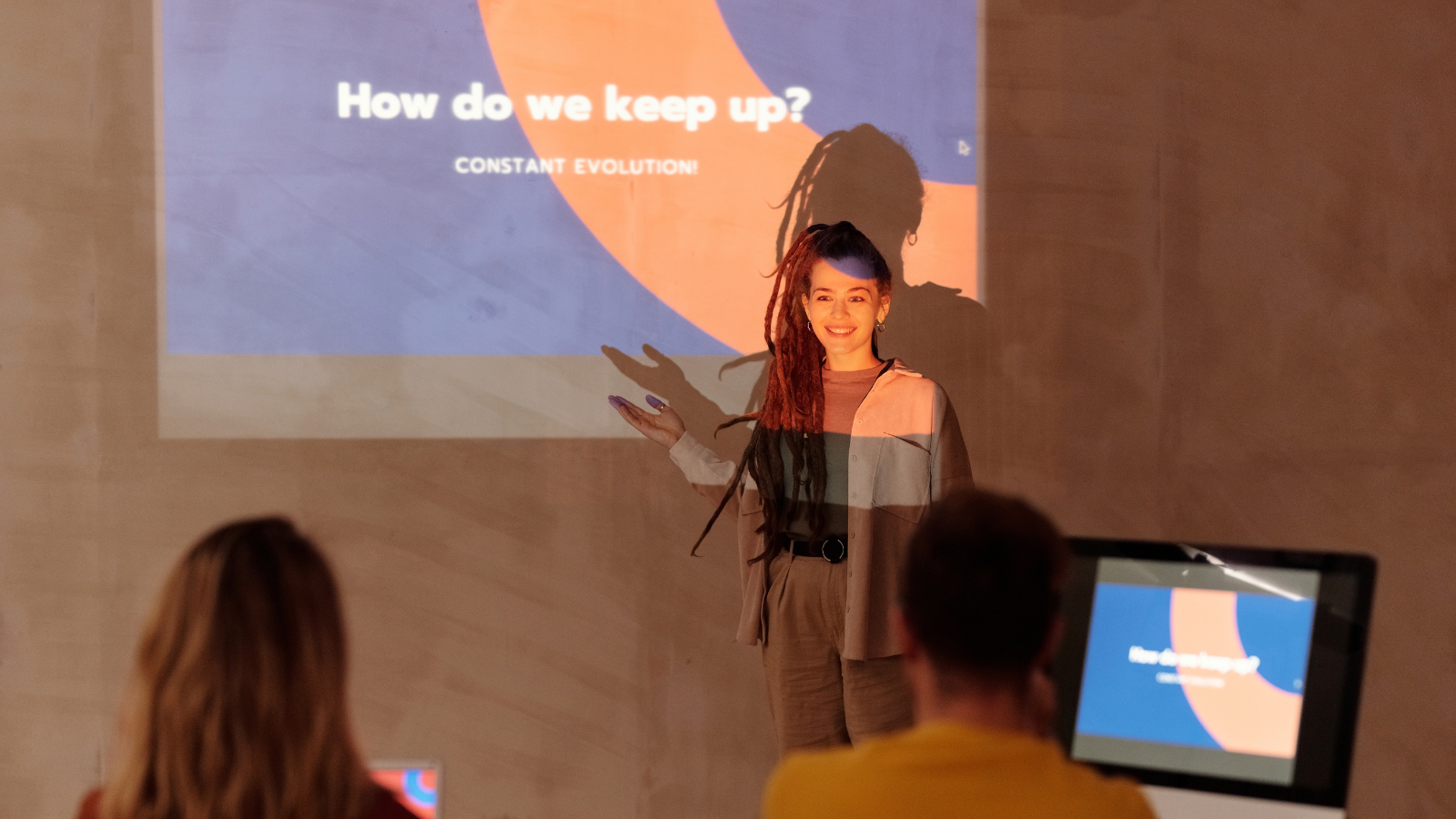Affordable Strategies for Building Your Startup’s Website
Establishing an online presence through a functional website is a crucial step for your startup's success. A well-crafted site serves not only as a platform for showcasing your brand but also as a medium for engaging with customers and driving business growth.
When resources are scarce, you might worry that creating an impactful website will drain your budget. However, with strategic planning and the right tools, you can build an effective website that meets your business needs without overspending.

Photo by cottonbro studio on Pexels
Budget constraints don't have to be a barrier to creating a professional website. By prioritizing must-have features over nice-to-haves, you can manage expenses while focusing on functionality that adds value to your startup.
Understanding Startup Budget Fundamentals
Creating a budget for your startup necessitates a tactical approach to allocate your financial resources effectively. This foundation influences future decision-making and establishes the parameters within which you'll operate your new business.
Financial Planning for Success
To ensure the longevity and health of your startup, financial planning is paramount. You must forecast both revenue and expenses to predict your cash flow and establish guidelines for managing the influx and outlay of capital. Financial planning empowers you with the knowledge to make informed decisions and align your business plan with financial realities.
Essential Budget Elements
Your startup budget should encompass a complete list of startup expenses, including one-time costs such as website development and upfront purchases, as well as ongoing operating expenses like hosting and maintenance. Fixed expenses—such as rent, salaries, and utilities—must be calculated alongside variable costs that fluctuate with sales volume. These items are integral to the composition of an accurate income statement.
Startup Costs Breakdown
Capital Expenses: Expenditures that contribute to the long-term value of your startup, including equipment and initial inventory.
One-Time Expenses: Incurred only at the start, such as incorporation fees or initial market research.
Operating Expenses: Regular, recurring costs associated with running your business—think utilities, marketing, and salaries.
Break-even Analysis: Calculating the break-even point—when total revenues equal total costs—is essential to understanding when you will become profitable.
A meticulous startup budget is both a blueprint and a barometer for your company's financial health. Ideally, you should want to think about long-term costs in the payments department—if you want to accept SaaS payments online through a specialized gateway, that will cost you extra when compared to a vanilla VISA or PayPal seal of approval.
Choosing the Right Website Platform
.webp)
Choosing the right website builder and platform is essential for creating a professional online presence. Look for options that offer intuitive interfaces, customizable templates, and features that align with your business needs. Many platforms provide built-in tools for SEO optimization, eCommerce functionality, and mobile responsiveness, all critical for attracting visitors. Scalability is important too, as your platform should grow with your business. A good startup growth platform can offer these essential tools, helping you build a website that fits your goals and budget.
Evaluating Affordable Website Builders
Seeking out the cheapest website builder doesn't mean you have to compromise on quality. Affordable options may also offer a range of templates that provide a balance between aesthetic appeal and user experience.
Look for a startup web design agency that offers a simple drag-and-drop interface, which will help you set up your site quickly without the need for extensive technical knowledge. The goal is to find a platform where the cost savings directly translate to your bottom line while still delivering a professional online presence for your startup website.
Domain Name and Hosting Considerations
The foundation of your startup's website also lies in choosing the right domain name and hosting services. Your domain name should be memorable and reflect your brand, while hosting should be reliable and scalable.
Some website builders may offer free domain names as part of their package, which can further help in reducing upfront costs. Always consider the long-term implications of the hosting services offered by the platform; you want to ensure that as your startup grows, your host can handle increased traffic without compromising the performance of your website.
Designing Your Website

When setting up your startup's website, the design phase is crucial for aligning the site’s appearance with your brand and ensuring a seamless user experience. A well-thought-out design can profoundly impact how visitors perceive your brand and engage with your content.
Selecting a Template for Your Brand
To get started, choose a template that resonates with your brand's identity. When surveying options, look for a template with a layout and color scheme that match your logo and company colors.
Your template is the foundation of your site, so it's essential to select one that compliments your brand messaging and values. To save on costs, consider reputable platforms that offer professionally designed templates specifically for small teams or budgets. Be mindful that the template you choose should be adaptable and scalable as your startup grows.
Planning for Optimal User Experience
The user experience (UX) is the bedrock of a successful website. Begin by clearly defining your website's goals and how you want visitors to navigate through your site. This will help you structure your content and design elements in a way that guides visitors towards these goals. A good UX strategy involves:
Clear navigation: Make sure menus are straightforward and easily accessible.
Mobile responsiveness: Opt for a design that looks and functions well on a range of devices, enhancing accessibility and reach.
Loading times: Incorporate optimization techniques to ensure fast loading times, reducing the risk of visitor drop-off.
Optimizing for Marketing and Sales

To successfully grow your startup, you must optimize your website for both marketing and sales. By leveraging the right tools and strategies, you can increase your visibility and attract more potential customers.
Leveraging SEO and Social Media
To enhance your website's search engine rankings, start by conducting thorough keyword research tailored to your target audience. Implement these keywords strategically throughout your web content, including headings, meta descriptions, and body text, to maximize visibility.
Use tools like Google Analytics to monitor your keyword performance.
Optimize images and loading speeds to improve the user experience and search engine rankings.
Social media: Establish a strong presence on platforms where your audience spends most of their time.
Post regularly on social media to drive traffic back to your website.
Engage with followers to build brand loyalty.
Capturing Leads and Crafting Landing Pages
Your website should focus on converting visitors into leads; create compelling landing pages with clear calls to action (CTAs).
Offer free resources or tools in exchange for an email address.
Design forms that are simple to fill out and accessible on both desktop and mobile.
Optimize your landing pages to be conversion-friendly.
Test different designs to see which yields a higher conversion rate.
Personalize content to resonate with different segments of your audience.
Effective Email Marketing Strategies

This channel remains a cost-effective way to nurture leads and drive sales. Develop a welcome email series to engage new subscribers and segment your email list to send targeted campaigns that speak directly to the recipient's interests and needs.
Strategies:
Use A/B testing to determine the most compelling subject lines and content.
Track open and click-through rates to refine your approach.
Analyzing and Adjusting with Web Analytics
Use web analytics tools to gather data on how visitors are interacting with your website.
Set up goals to track conversions and gauge the effectiveness of your marketing efforts.
Identify the top-performing content and channels to allocate your budget more effectively.
Adjusting:
Make data-driven decisions to tweak your marketing and sales strategies for optimal performance.
Continually optimize your website for an improved user experience, which can lead to increased revenue.

Photo by Lee Campbell on Unsplash
Conclusion
Creating a functional and appealing website for your startup does not necessitate a large budget. By strategically allocating your resources, you can achieve a professional online presence. Prioritize the essentials, such as a reliable web hosting provider and a clear website structure. Content creation is flexible; invest in quality over quantity to start with, focusing on web copy that conveys your brand's message effectively.
Consider utilizing cost-effective solutions like easy online builders that offer pre-made templates and intuitive tools. They can significantly reduce the initial cost and time investment required for setting up your website.
Remember, a website is an evolving platform. It's better to start with a solid foundation and enhance features over time as your budget allows. Keep track of your website's performance and make informed decisions about future investments.




